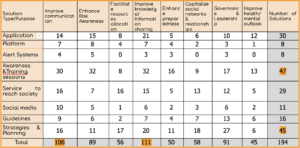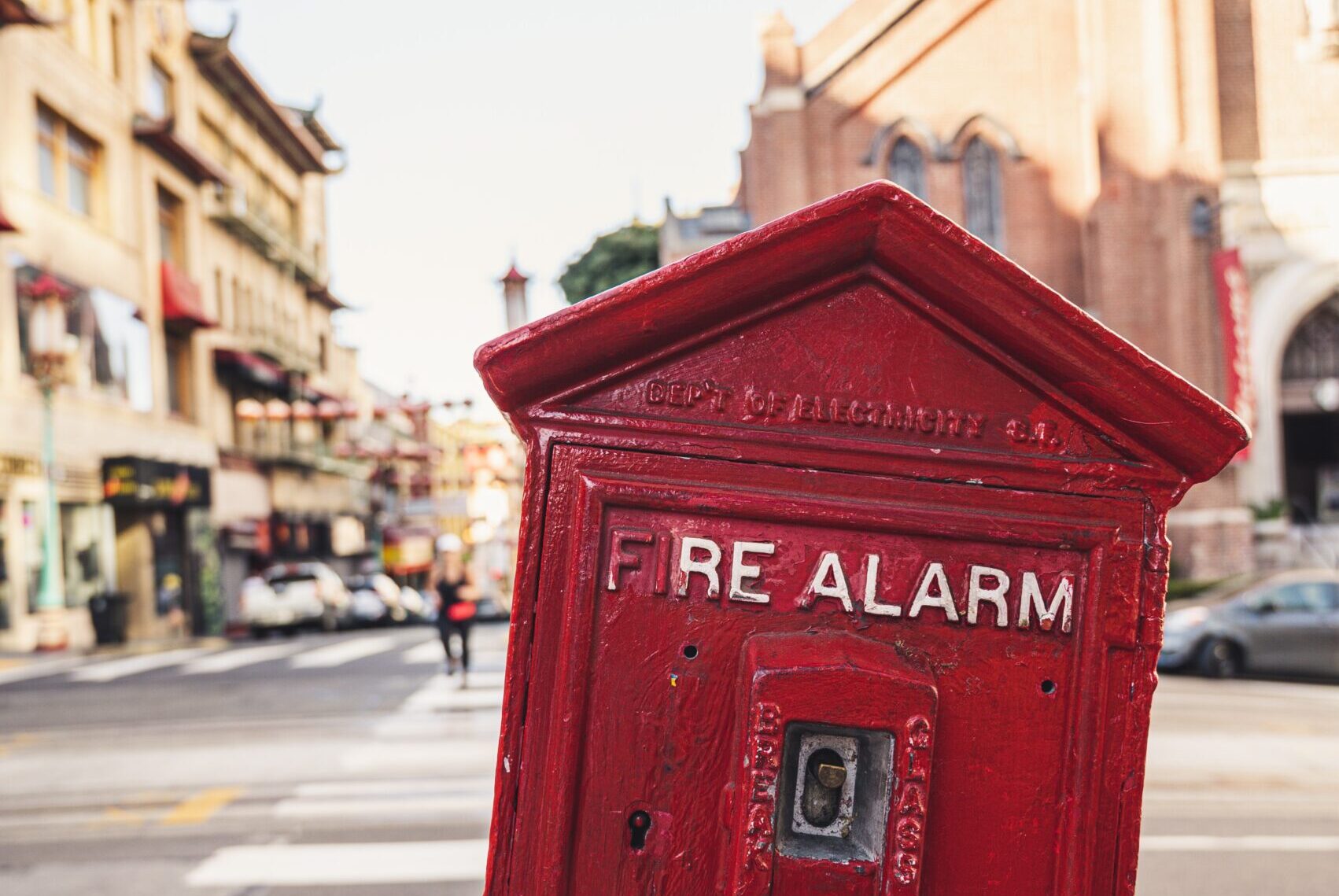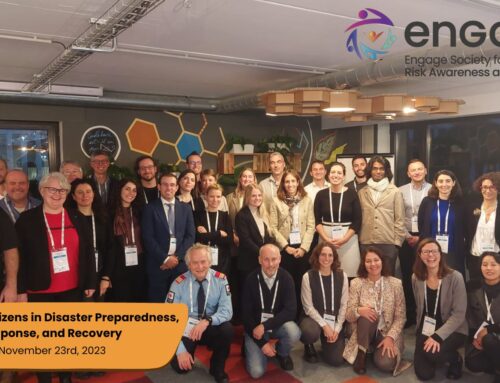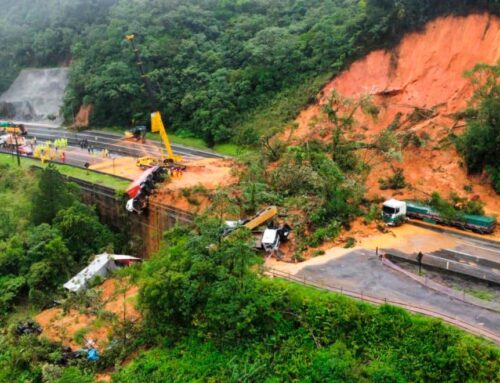What Emergency Services and Authorities expect from Citizens when responding to disasters? Is it possible to strengthen the collaboration in the society when responding to disasters?
Emergency organizations all over the world grow in responsibility and personnel in order to deal with ever-complex disaster scenarios. It is common sense that the participation of the society in responding to a disaster is necessary and desirable to generate better outcomes. The level of involvement of the civil society has been the focus of attention in research and development projects, including the ENGAGE project.
One start point is to ask members of emergency services and authorities what they expect from the civil society. However, this is a broad question difficult to answer without some context. We defined contexts that comprise: a situation description, a selection of problems the end-users face in the situation, and the possible solutions that end-users and authorities apply involving civilians.
This text reports on the part of the work where we asked end-users the solutions they would apply under these conditions having in mind the purposes described as columns and the types described as lines in Table 1 . We used three different instruments to obtain this information regarding the collaboration in the society. The first was a survey with end-users from the seven countries that participated in the project. The second instrument was the interviews, again with end users from the seven countries. The third instrument was the workshops. We had two editions of the workshops: the first with end-users who are members of the ENGAGE project and the second with end-users and authorities, not directly involved in the project. As we mentioned, the contribution was in the form of solutions´ description. We gathered 35 solutions from the survey, 63 from the interviews, 42 from the first workshop and 54 from the KI-CoP workshop both with 11 end-user participants, totaling 194 solutions.
The solutions we obtained from these sources were classified using two dimensions: The purpose of the solution, according to a taxonomy we developed based on Patel´s work and distributed among the eight types of solutions. The number of solutions we obtained is shown in Table 1. We can observe a higher concentration of solutions for Improving Knowledge and Information Sharing (111) and Improve Communication (106). As for the type of solutions, there is a higher concentration on Awareness & Training Sessions (47) and Strategies & Planning (45). The lower numbers in the cells may indicate a focus of attention for developing new solutions.

Table 1 – A summary of all solutions
Authors: Marcos Borges, Sahar Elkady and Leire Labaka (TECNUN)





